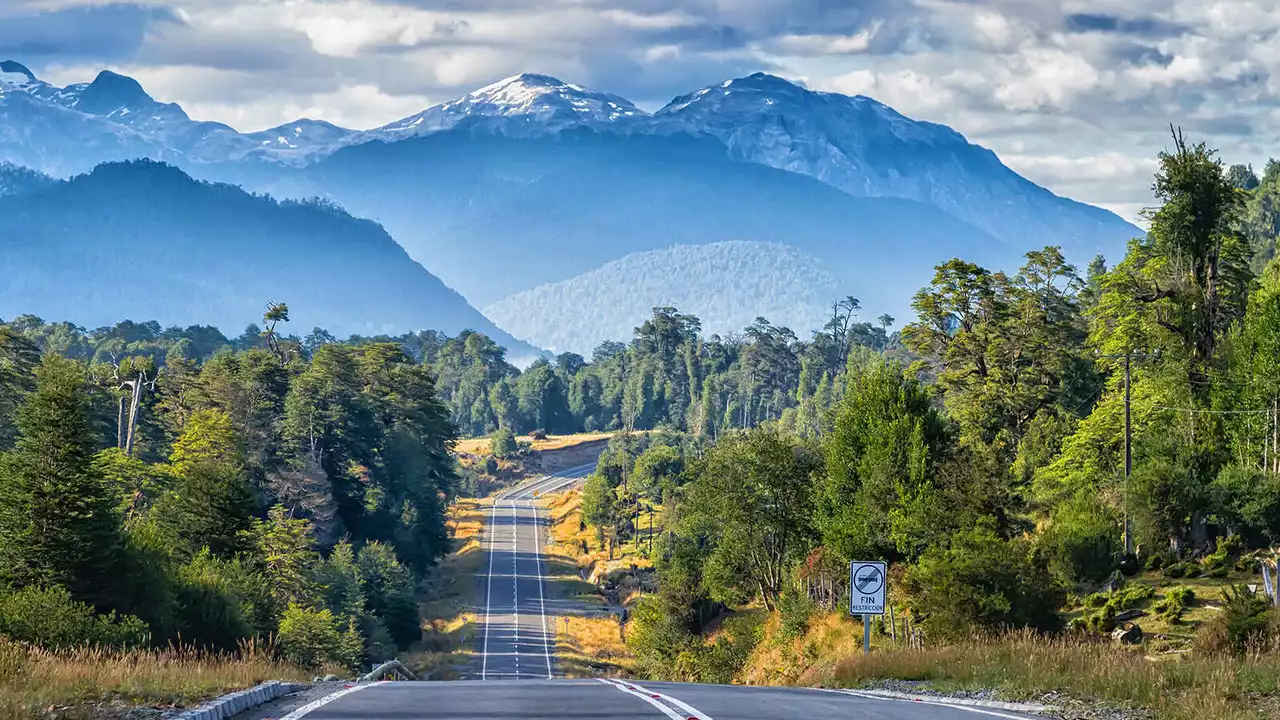Best Route: How to Pick the Fastest, Safest Path Every Time
When you need to get somewhere, the first question is always "Which way should I go?". The answer depends on a few simple things: how fast you want to arrive, how much traffic you can tolerate, and what you enjoy along the way. Below are the steps you can follow to pick the best route without overthinking it.
Tools that tell you the best route
Modern smartphones come with built‑in maps that do most of the heavy lifting. Google Maps, Apple Maps, and Waze all compare several possible paths and highlight the one with the shortest travel time. They do this by looking at real‑time traffic, road closures, and even weather conditions. All you need to do is type your destination, hit "Directions", and the app will suggest the top three options.
If you plan a long road trip, you might want a backup plan. Offline map apps like MAPS.ME let you download the whole area before you leave. That way you stay covered even when the signal drops. Another handy tool is a dedicated GPS unit that can store multiple routes and give turn‑by‑turn voice cues. These devices are especially useful for trucks, RVs, or bikes where you need to avoid low bridges or weight limits.
Factors to weigh when choosing a route
Distance is the obvious factor – the shorter the miles, the less fuel you use. But the shortest distance isn’t always the quickest. A highway with a few miles of construction can be slower than a longer, free‑flowing road. Look at the average speed of each segment. Highways usually allow 60‑70 mph, while city streets might keep you at 30 mph.
Traffic patterns matter a lot. Rush hour in a big city can add an hour or more to your trip. Most map apps show a traffic overlay in red, orange, and green. Aim for green routes during peak times, or consider leaving earlier or later if you can.
Safety is another key point. If you’re driving at night, a well‑lit main road is often better than a dark country lane, even if the lane is shorter. Check for road work, sharp curves, and areas with high accident rates. Local news sites or the department of transportation website can give you up‑to‑date alerts.
When you travel with family or friends, comfort can trump speed. A scenic route with interesting stops might make the trip more enjoyable. Look for rest areas, parks, or good restaurants along the way. A few extra minutes can be worth the break.
Fuel stops matter for long distances. Some routes pass by cheap gas stations, while others force you to drive farther to find a pump. If you’re watching your budget, pick a route that lines up with cheap fuel locations.
Finally, consider your vehicle. A heavy truck or a low‑clearance bike may need to avoid certain highways or tunnels. Most navigation apps let you set vehicle type so they automatically filter out unsuitable roads.
Putting it all together is easy. Start with the app’s suggested route, then glance at the traffic overlay and any alerts. If the app’s top pick looks congested, tap the alternatives and see which one balances time, distance, and safety for you. Remember, the "best" route is personal – it fits your schedule, your vehicle, and your mood.
Next time you hit the road, take a minute to check these points. You’ll arrive faster, spend less on fuel, and avoid surprises. Happy driving!
After doing some research, I've found that the best route to drive from Denver to Seattle during winter is to take I-25 N and I-90 W, which is the most straightforward and safe route. It's important to keep in mind that winter conditions can be unpredictable, so be sure to check weather forecasts and road conditions regularly. It's also a good idea to equip your vehicle with winter tires, carry an emergency kit, and plan plenty of time for rest stops. Don't rush the trip, safety should always be your priority. Lastly, enjoy the scenic beauty of this route, as it offers spectacular views of the Rocky Mountains and the Pacific Northwest.

 Motorsports and Racing
Motorsports and Racing